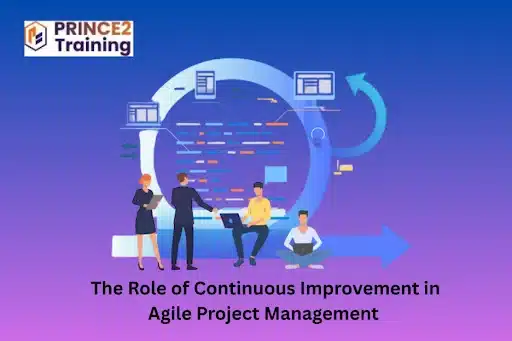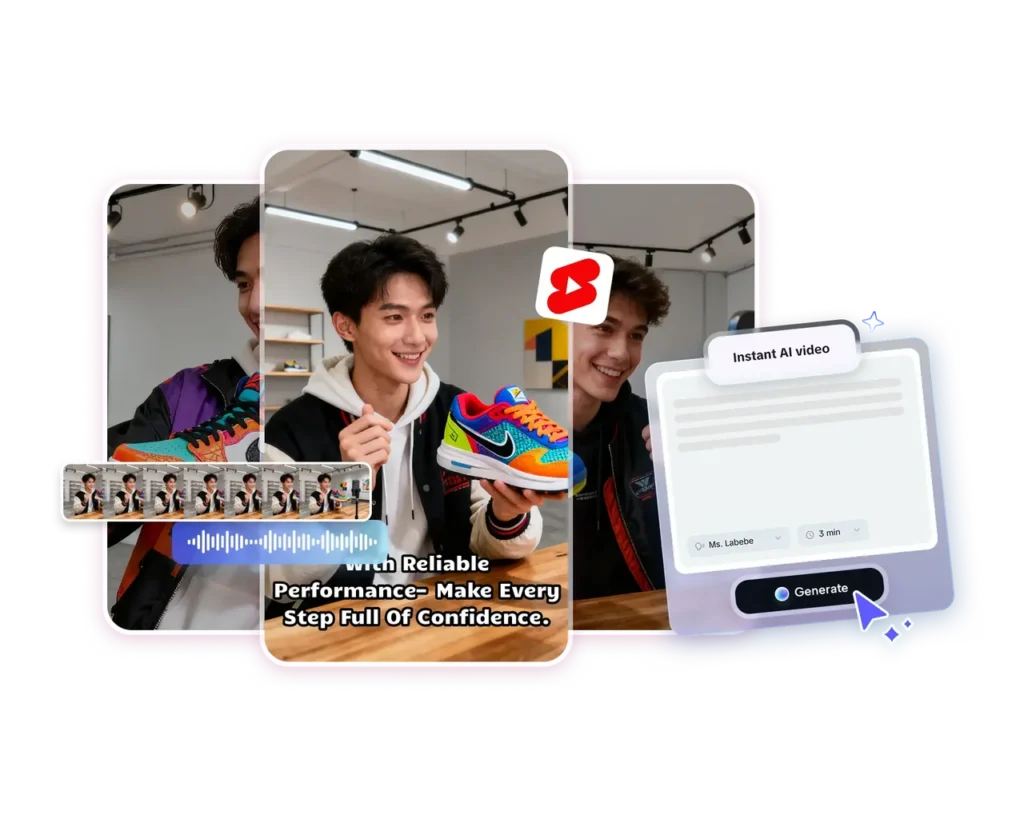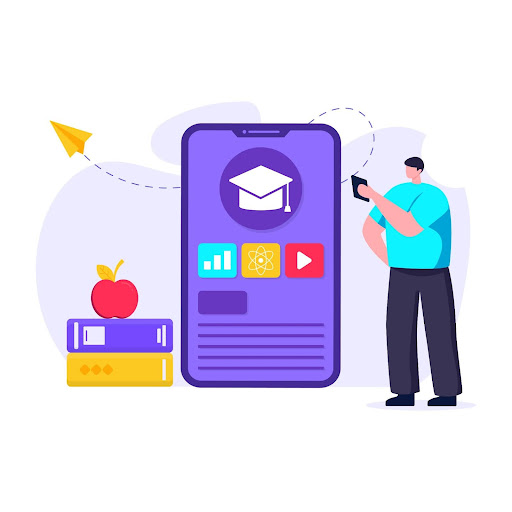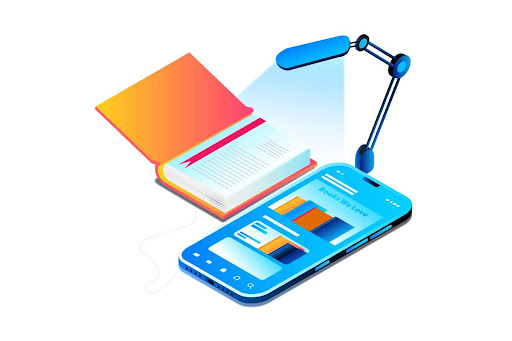
Navigating the myriad educational apps can be daunting for any student. How do you discern which will genuinely aid your learning?
With an overwhelming abundance of options, making an informed choice seems akin to finding a needle in a digital haystack.
A strategic, systematic, and discerning approach must be adopted to cut through the noise and select an app that aligns with your educational goals.
Understanding Your Learning Objectives
Before delving into the digital marketplace, firmly grasp your academic ambitions and learning style. Whether you focus on enhancing memorization, understanding complex concepts, or fostering critical thinking, these should serve as compass points in your search for suitable educational tools. An app’s utility in augmenting your educational journey hinges on its alignment with these personal, educational pillars.
Identify apps that promise to support and enhance these objectives. Scrutiny of an app’s features should reveal whether it’s designed to strengthen comprehension, promote retention, or aid in navigating intricate subject matter. This discernment is crucial in homing in on the proper technological assistance.
Setting Clear Goals
Identifying precise learning outcomes steers the selection process towards success—ensuring the app chosen advances educational ambitions effectively.
Educational apps can dramatically enhance learning, but their efficacy hinges on goal alignment.
A common pitfall is to be swayed by novelty without considering utility. To ascertain an app’s value, evaluate if its functionalities resonate with your learning targets, encompassing academics and skill development.
Comprehensively set parameters define a roadmap for app selection—transforming a nebulous quest into a targeted search, sharply increasing the likelihood of finding an app that genuinely complements your educational pursuits.
Assessing Your Learning Style
- Understanding one’s learning preferences is vital.
-
-
- Choosing educational apps necessitates a comprehensive understanding of your learning style. Visual learners, for instance, might benefit from apps with rich graphical interfaces, whereas auditory learners may prefer applications that emphasize audio cues or offer rich podcast integration.
-
- Discover your preferred sensory modality for learning.
-
-
- You might benefit from state-of-the-art AR apps if you are a visual learner—bringing subjects to life in your environment. Conversely, auditory learners might flourish with language learning applications emphasizing spoken dialogue and comprehension exercises.
-
- Reflect on how you best process and retain information.
-
-
- The selection of educational apps should resonate with your cognitive strengths. Whether your proficiency lies in absorbing through auditory means, visual cues, or hands-on interaction, your chosen app should cater to these modalities.
-
- Embrace applications that align with your intellectual affinities.
-
- Adopting educational tools requires alignment with your learning proclivities. This alignment, intrinsic to the architecture of practical educational experiences, ensures that apps not only deliver content but do so in a manner congruent with your cognitive patterns.
Evaluating App Features and Functionality
Ascertaining an app’s merit involves a rigorous assessment of its feature set, ensuring a robust array of tools that accommodate diverse learning requirements. This analysis should focus on the availability of adaptable learning modules, intuitive interfaces, and the integration of feedback mechanisms. These elements are indispensable for an immersive and responsive learning environment that can grow with the student’s evolving understanding.
In considering the usability of an app, give precedence to a “cognitive load” perspective. This refers to the amount of mental effort the app requires to fulfill its purpose. The ideal application balances challenge and usability, ensuring that while it pushes the learner cognitively, it does not lead to frustration or cognitive overload. Evaluate the app’s efficacy in presenting complex information in an accessible manner, which is crucial for maintaining a steady and productive learning curve.
Interactive and Engaging Content
A potent educational tool actively engages the user, fostering a participatory atmosphere conducive to learning. The hallmark of effective educational apps is their ability to balance instruction with interaction, transforming passive absorption into active engagement.
Advancements in gamification and adaptive learning technologies have fine-tuned educational apps to offer personalized learning experiences. Pioneering apps calibrate content delivery based on individual performance metrics, reinforcing concepts through interactive challenges and real-time feedback loops to cement understanding.
The depth of interactivity within an app can significantly affect a learner’s retention rates. Engaging apps often employ multimedia elements, such as videos, interactive simulations, and quizzes, to diversify the learning experience. This variety caters to different learning styles and keeps the content dynamic and stimulating.
A well-designed educational app should inform and inspire curiosity and critical thinking. Interactive content that prompts users to analyze, synthesize, and question can significantly enhance cognitive development. As such, problem-solving scenarios and project-based activities indicate content beyond rote memorization.
Progress Tracking and Feedback
Educational apps should offer robust progress tracking and pertinent feedback mechanisms.
- Real-time progress indicators
- Interactive dashboards
- Milestones and achievements
- Detailed analytics and reports
- Customized feedback based on performance
- In-app communication tools for direct feedback
These features empower students to monitor their learning journey, instilling self-regulation and motivation.
Feedback that is both immediate and constructive can significantly accelerate learning and improve educational outcomes.
The Role of Reviews and Recommendations
The judicious use of reviews and recommendations greatly enhances informed decision-making in selecting educational applications. Prior users’ experiences, reflected in reviews, serve as a crucial gauge of an app’s effectiveness and reliability.
Meanwhile, recommendations from reputable educational institutions or industry professionals add a layer of credibility. One must discern between genuine, balanced feedback and promotional content designed to mislead. Thus, potential users should seek out diverse sources and aggregate feedback to ascertain a true reflection of an app’s educational value.
Seeking Out Expert Reviews
Professional reviews are indispensable for evaluating an app’s educational quality and pedagogical efficiency. Expert opinion provides invaluable insight into an application’s design’s intricacies and efficacy in facilitating learning outcomes.
Experts often highlight nuances that typical users might overlook. Their evaluations provide an in-depth understanding of an app’s functionality.
When experts test these applications, they consider a broad spectrum of educational standards and criteria, determining the degree to which an app aligns with established pedagogical practices and contributes to meaningful learning experiences.
It is crucial to consider reviews from authoritative sources in educational technology. These may include detailed articles, comparison studies, or video walkthroughs by seasoned educators and technologists. By engaging with these expert analyses, students gain a rigorous understanding of an app’s potential to enhance their educational journey.
Leveraging User Feedback
User feedback is a profound gauge of the practicality and user-friendliness of educational apps.
- Ratings and Reviews: Obtaining a bird’s-eye view of an app’s performance and user satisfaction.
- Feature Requests: Understanding the enhancements users believe would improve their learning experience.
- Bug Reports: Identifying technical issues that hinder optimal app functionality.
- Community Engagement: Gauging how the app fosters a collaborative learning environment.
Incorporating this feedback is quintessential for the continuous improvement of educational tools.
Analyzing user feedback helps unveil the lived experience of learners, offering authentic insights that complement expert opinions.
Considering Costs and Subscriptions
In selecting educational apps, it is vital to scrutinize their cost structures—whether they are freemium, subscription-based, or entail a one-time purchase. Be aware that free apps sometimes offer limited functionality, compelling users to upgrade to premium versions to unlock full capabilities. Thus, it is essential to compare the features accessible without cost against those behind a paywall, ensuring that the app delivers sufficient value before any financial commitment.
Approach subscriptions discerningly, checking for a straightforward pricing model and a “cancel anytime” option. Where there is a recurring cost, ascertain if the benefits justify a monthly outlay in educational content and the longevity of the app’s relevance to your studies.
In the long run, consider the cumulative expense of subscription apps, contrasting them with the upfront cost of paid alternatives that offer perpetual access to their resources.
Free vs. Paid Apps
When choosing between free and paid educational apps, one must consider the depth and breadth of content available. Initial cost savings from free apps can be overshadowed by the eventual necessity to invest in premium upgrades to ensure a comprehensive educational experience.
Often, paid apps present a more robust and ad-free user interface, which can significantly enhance the learning process. These applications offer a full spectrum of features from the onset, negating the distraction and interruption of frequent upsells found in their free counterparts. Furthermore, investing in a paid app ensures access to higher customer support and regular updates.
Yet, this does not diminish the value of free apps as viable educational tools, particularly for students on a stringent budget. Some free applications do provide a substantial amount of usable content without requiring upgrades, especially if used in conjunction with other resources. The trade-off may come in the form of in-app advertisements or limited access to advanced features.
When deciding between free or paid apps, due diligence is imperative. Examine comprehensive reviews, explore the scope of the app’s offerings, and understand any limitations. Consider how the app aligns with your learning objectives, the duration you’ll need it, and whether the investment justifies the potential educational returns.
Educational App Suggestions
Choosing the right educational app requires a keen assessment of one’s academic goals and the specific subjects of interest. Premium apps might offer comprehensive content, enhancing one’s grasp of intricate concepts through interactive learning experiences.
To illustrate, Duolingo as a language learning platform, Khan Academy for various subjects, and Wolfram Alpha as a computational engine exemplify excellence within their respective domains, providing detailed knowledge and rigorous practice. Their efficacy lies in the adept combination of ease of use with rich educational content.
Furthermore, specialized apps like SketchUp for 3D modeling or Codecademy for coding instruction are instrumental for students pursuing design and technology disciplines. These platforms bridge theoretical learning with practical application, reinforcing skill acquisition.
Top Apps for Math Learning
Mathematics can be a challenging subject to master.
Educational apps aim to simplify complex mathematical concepts into digestible lessons and interactive problems, making math accessible and engaging for students across various proficiencies. Importantly, these digital tools harness the power of visualization to demystify abstract concepts, making the abstract tangible.
For instance, apps like Photomath allow students to snap a picture of a problem and receive step-by-step solutions, which can be especially beneficial for visual learners. Meanwhile, MyScript Calculator offers a more hands-on approach, recognizing and solving handwritten equations in real-time.
Mastery in mathematics requires not only comprehension of concepts but also the ability to apply them in varied contexts. An app like DragonBox introduces algebra through game-based learning, turning the subject from intimidating to intriguing. Similarly, apps like Prodigy use gamification to cover a spectrum of math skills, adapting to a student’s learning pace to cement understanding in a playful yet productive manner.
While these apps offer significant benefits, the role of personalized guidance must be balanced. In some cases, the touch of a skilled math tutor can make all the difference in a student’s mathematical journey. This is where services like Mathnasium come into play, offering personalized tutoring that tailors learning strategies to fit each student’s unique needs. For families seeking math tutors near their area, exploring options through https://www.mathnasium.com/math-tutors-near-me could provide the bespoke support necessary to enhance understanding and foster a genuine love for math.
Enhancing Your Digital Marketing Skills
In the evolving landscape of digital marketing, continuous learning is non-negotiable. Educational apps can be instrumental in keeping your skills sharp and effectively leveraging the latest marketing trends and tools.
To stay ahead, consider apps offering a wide range of digital marketing courses regularly updated to reflect industry shifts. An example is HubSpot Academy, which provides comprehensive lessons on inbound marketing, sales, and customer service strategies.
Expanding your expertise in search engine optimization (SEO) is equally crucial, as it significantly impacts your website’s visibility and ranking on search engines. For those looking to enhance their website’s performance through proven SEO strategies, exploring professional search engine optimization services can offer tailored solutions that drive traffic and improve search rankings.
Look for applications that offer certifications; these can testify to your expertise and commitment to professional development. Google Digital Garage is an excellent source for gaining accredited certificates that can bolster your resume and LinkedIn profile.
Apps for Science and Engineering Enthusiasts
In science and engineering, the selection of applications must prioritize detailed analytics, advanced simulation capabilities, and personalized learning paths. These features enable a deeper sprawl into the intricacies of the disciplines, forging a solid groundwork for theoretical and practical knowledge.
Powerful visualization tools in applications like Autodesk’s Tinkercad cater to budding engineers interested in 3D modeling. Here, foundational design concepts meet user-friendly interfaces.
For those aiming to stride along the cutting edge of scientific discovery, apps like Wolfram Alpha offer computational power that simplifies complex equations and data analysis. Its database is a trove of scientific information that translates into a pocket-sized research assistant.
Staying Ahead: The Importance of Continuous Learning
The modern academic arena is dynamic, making it crucial for students to persistently update and expand their knowledge base. In this vein, educational apps offer a versatile platform for learning, serving as repositories of cutting-edge content that is crucial for staying relevant in ever-evolving fields. These apps not only equip learners with current information but also help them hone skills that are paramount in the professional world.
To maintain a competitive edge, individuals must adopt a philosophy of lifelong learning, and educational apps provide an accessible gateway to this endeavor. By harnessing the convenience and broad scope of educational apps, students and professionals can ensure their expertise remains robust, diversified, and aligned with the latest advancements in their fields.
Embracing New Technologies and Updates
The pace of technological innovation commands that students not merely keep abreast of new tools but be prepared to adapt their learning modalities to incorporate the latest functionalities. Such readiness enhances the capability to leverage these advancements for educational gains.
Regular app updates often accompany technological progress, introducing refined features that can elevate the learning experience.
Embracing updates and new technologies opens doors to advanced instructional methods, enabling access to a broader range of learning materials, interactive simulations, and analytical tools that foster a more profound comprehension of complex concepts.
Failing to engage with updates and new technologies is akin to eschewing an evolving lexicon in a language of study. To keep the mind’s edge sharp, students must be willing to continuously explore and employ novel features and capabilities, ensuring that their academic pursuits are not atrophied by technological stagnation. This pursuit is reminiscent of adapting to a “living” ecosystem of knowledge.
Conclusion
Given the plethora of options in the digital marketplace, students must exercise discernment when choosing educational apps. This decision hinges on immediate educational needs and long-term academic goals, where the selected applications can significantly contribute to a student’s learning journey. Hence, matching the app’s offerings with individual learning styles and objectives is paramount.
In conclusion, the strategic selection of educational applications is indispensable. Students position themselves at the forefront of educational innovation by carefully considering functionality, content, alignment with curricular goals, and adaptability to emerging technologies. With these criteria in mind, navigating the digital realm becomes a purposeful endeavor, enriching academic pursuits with the most effective digital resources available.

Best Tips and Tricks for Bitcoin Investments

Top Benefits of Hiring Professional Pet Sitting Services for Your Pets

Expert Insights on Improving Productivity and Efficiency

Accelerating drug discovery through the DEL-ML-CS approach

AI in Marketing Is No Longer a Buzzword — It’s the Strategy

The Role of Continuous Improvement in Agile Project Management

Transform Your Review Process with Cutting-Edge AI Detection

8 YouTube Shorts Maker Tools to Create Viral Clips in 2026 (Expert Recommendations)










